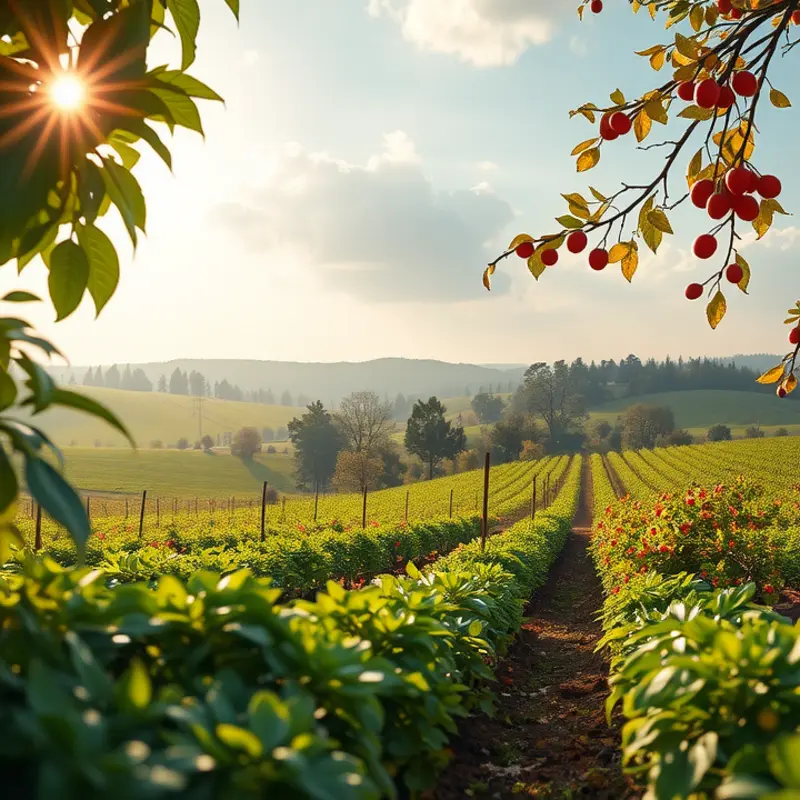The gluten-free diet has gained huge popularity among health enthusiasts and those seeking dietary relief. However, while it holds promise for individuals with gluten intolerance, missteps can occur. Understanding these pitfalls is essential for anyone curious about adopting this increasingly trendy lifestyle. By exploring the common challenges faced and practical solutions, you can make informed decisions about your dietary choices.
The Illusion of Health: Gluten-Free Does Not Mean Healthy

In the quest for a gluten-free diet, it’s easy to fall into the assumption that gluten-free equals healthier. This notion is often fueled by marketing strategies that emphasize the gluten-free label as a mark of nutritional superiority. However, the reality is more complex. Gluten-free products can sometimes be less nutritious than their gluten-containing counterparts.
The primary function of gluten in foods is to provide elasticity. Removing it can significantly alter the texture and structure of products like bread and pasta. To compensate, manufacturers often add starches and gums, which can increase the carbohydrate content and calorie count. In some cases, these substitutions can also elevate the glycemic index of the food. A higher glycemic index implies a faster spike in blood sugar levels, which is not ideal for maintaining stable energy or supporting metabolic health.
Another common pitfall is the frequent use of refined grains and excess sugars in gluten-free products. Refined grains are often stripped of their nutrients during processing, leaving them with reduced fiber content. Fiber is crucial for digestive health, and its lack can lead to digestive issues. Consequently, despite their gluten-free status, these products contribute little in terms of essential nutrients.
Moreover, many gluten-free snacks and desserts are heavily processed to mimic traditional treats. These can contain high levels of added sugars, unhealthy fats, and sodium. Regular consumption of such foods can lead to weight gain and other health issues. Therefore, reading labels becomes imperative. Aim to identify products with whole grains like quinoa, millet, or brown rice, which offer better nutritional profiles.
Exploring whole, naturally gluten-free foods is another strategy. Fresh fruits, vegetables, legumes, and lean proteins are not just gluten-free but also rich in nutrients. For instance, chickpeas and lentils provide both fiber and protein without the drawback of extra processing. An example is a Mediterranean-style salad featuring chickpeas, which combines flavor with health benefits.
When cooking at home, incorporating vegetables in creative ways can provide a variety of vitamins and minerals. For example, zucchini noodles can replace traditional pasta, offering a low-carb and satisfying alternative that maintains a comparable texture. This approach ensures you retain control over the ingredients and avoid unnecessary additives.
Maintaining a gluten-free diet does not have to compromise nutrition. By prioritizing whole foods and being discerning about processed options, one can navigate the gluten-free maze with better health outcomes. Interested readers can explore recipes like zucchini noodles with avocado pesto for inspiration.
Ultimately, the key is to look beyond the gluten-free label and evaluate the overall nutritional value of the foods you’re consuming. Making informed choices will help ensure the diet is not just free of gluten but also aligned with your broader health goals.
Hidden Sources of Gluten: Where You Least Expect Them

One of the biggest challenges in maintaining a gluten-free diet is identifying hidden sources of gluten that lurk within familiar and seemingly innocuous foods. While most people recognize bread and pasta as gluten-bearing, gluten can sneak into your diet through less obvious avenues. Detecting these hidden sources requires vigilance and a keen eye for detail.
Unexpected Culprits
Processed meats such as deli cuts, sausages, and even some hot dogs often contain gluten. The gluten may be a binder or filler added to enhance texture. To avoid these, look for certified gluten-free labels when possible or choose fresh, unprocessed meats.
Soy sauce is another surprising source. Traditional soy sauce contains wheat, which makes it a misleading ingredient. Opt for gluten-free tamari, which offers a similar flavor profile without the gluten.
Sneaky Additives and Thickeners
Many sauces, gravies, and salad dressings use gluten-containing thickeners. Flour and modified food starch are common culprits. Making sauces from scratch or using gluten-free bottled alternatives can help you sidestep these hidden threats.
Condiments like ketchup or mustard aren’t immune either. Some may be thickened with gluten-containing agents. Carefully read the labels or prepare homemade versions to ensure they’re safe.
Communion Wafers and Medications
Communion wafers in religious ceremonies traditionally contain wheat. Those with strict gluten avoidance should consult their religious community for gluten-free alternatives.
Additionally, certain medications and supplements contain gluten as an inactive ingredient. Often, it takes a deep dive into the product inserts to understand the composition fully. Consulting pharmacists about gluten-free medicines can prevent accidental ingestion.
Cross-Contamination in Oats
While oats are inherently gluten-free, they often undergo processing in facilities that handle wheat. This cross-contamination can be enough to cause symptoms in sensitive individuals. Ensure you purchase oats specifically labeled as gluten-free.
Navigating Labels and Certifications
Reading labels effectively is a skill every gluten-free dieter must cultivate. The U.S. Food and Drug Administration (FDA) mandates that products labeled gluten-free must contain less than 20 parts per million of gluten. This threshold helps ensure product safety for most individuals. However, not all countries have strict regulations, so be cautious with imported items.
Familiarize yourself with common ingredients derived from wheat, such as semolina, durum, and farina. If you see these on labels, it’s best to steer clear.
For further guidance on gluten-free recipes, including delicious snacks, consider visiting resources like Keto Bacon-Wrapped Avocado Fries, which provide insights into enjoyable and safe dietary options.
Through awareness and vigilance, navigating the gluten-free maze becomes more manageable, enabling you to indulge safely without compromising your dietary needs.
Final words
Embracing a gluten-free diet offers potential benefits for those with gluten sensitivity, but it is crucial to be mindful of the pitfalls associated with this lifestyle. By recognizing that ‘gluten-free’ does not equal ‘healthy’ and staying alert to hidden gluten sources, individuals can navigate this dietary shift with greater confidence. Finally, adopting whole, unprocessed foods can make a considerable difference in ensuring balanced nutrition while living gluten-free.








